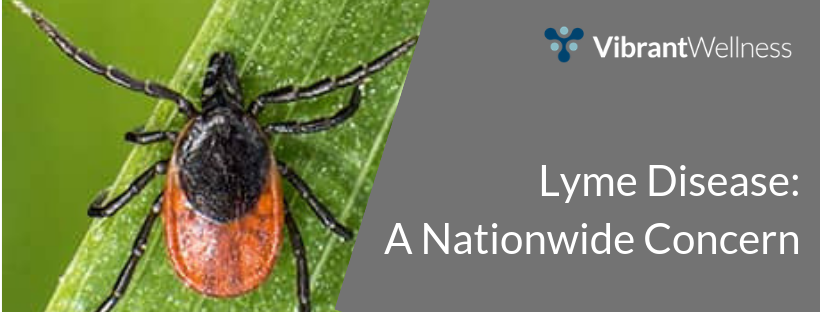
Mold is something we unknowingly encounter every day.
Some molds are harmless to humans, while others are toxic and can cause serious diseases, including autoimmune disease and cancer.
In your daily life, you are most likely to be exposed to mold on spoiled food or in water-damaged buildings in which you live, work, or visit frequently.
Some of the most common early symptoms reported by individuals with mold intoxication are fatigue, shortness of breath, racing heartbeat, and anxiety.
These symptoms are vague and often get brushed off as related to lack of sleep, aging, or chronic fatigue.
Molds produce mycotoxins, which are chemicals that, when ingested or inhaled, can cause serious immune abnormalities in susceptible individuals.
Mycotoxins are highly inflammatory to the immune system and trigger intense immune responses. They also rapidly deplete antioxidants like glutathione, our master antioxidant, as well as vitamins A, C, and E.
Symptoms of mycotoxin exposure include:
- Fatigue and weakness
- Chronic burning in the throat and nasal passages
- Coughing, wheezing, and shortness of breath
- Loss of balance
- Depression and/or anxiety
- Skin rashes
- Eye irritation or tearing of the eyes
- Headache and/or light sensitivity
- Hearing loss
- Heightened sensitivity to chemicals and foods
- Irregular heartbeat
- Morning stiffness and/or joint pain
- Muscle weakness
- Sleep problems
- Poor memory, difficulty finding words
- Slower reaction time
- Vision changes
- Difficulty concentrating
- Abdominal pain, diarrhea, and/or bloating
- Unusual skin sensations, tingling, and numbness
- Increased urinary frequency or increased thirst
- Disorientation and/or dizziness
- Static shocks or metallic taste in the mouth
If you suspect toxic mold exposure is at the root of your patient's health issues, The Vibrant Wellness Mycoxins Panel can detect the presence of a wide and comprehensive profile of mycotoxins from the most common toxic molds.





